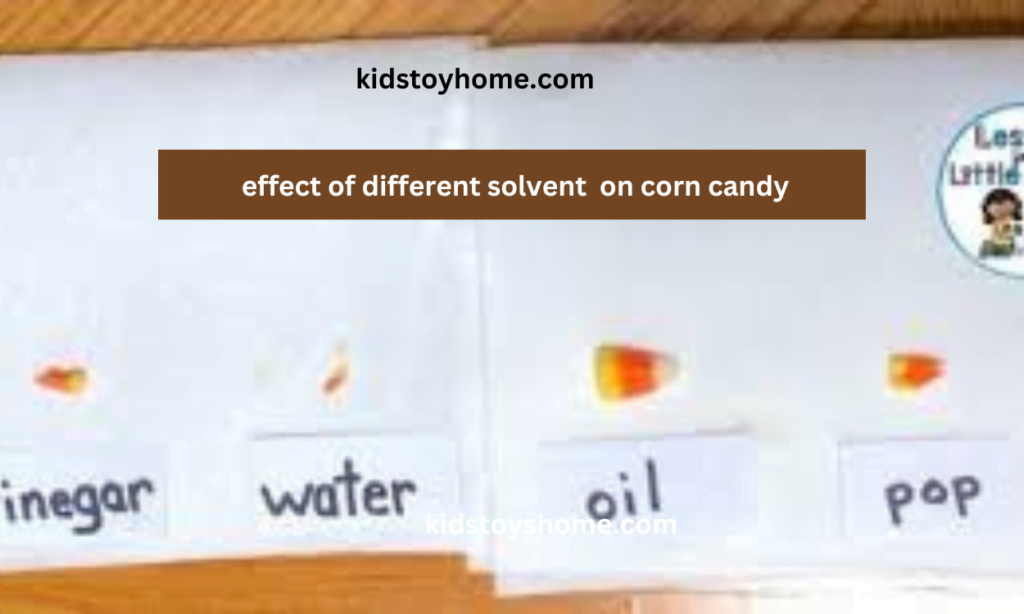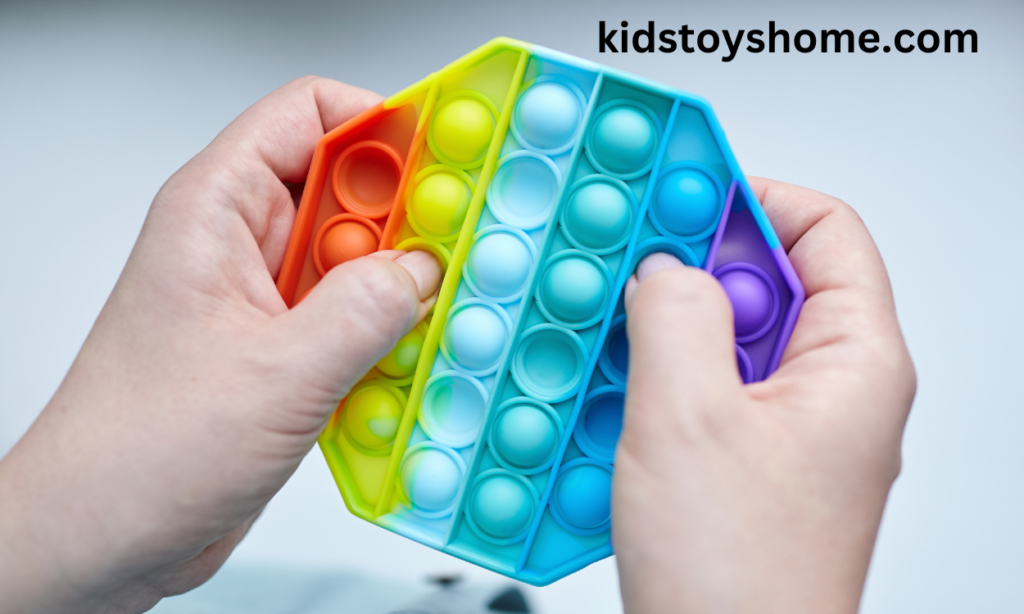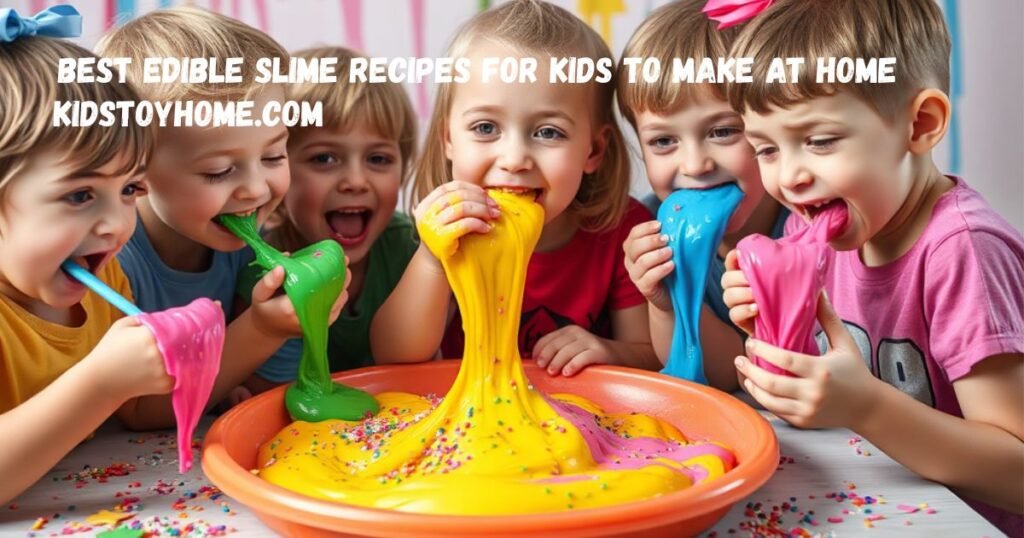
What Happens in the Candy Corn Experiment? prompts a captivating exploration into the captivating responses of this Halloween classic when submerged in diverse liquids.
The crux of the matter lies in unraveling the enigmatic alterations that this seemingly straightforward confection experiences.
However, as the experiment unfurls, it unravels a solution: a captivating journey delving into scientific territories encompassing solubility, density, and chemical reactions, all set within the familiar and vibrant landscape of candy corn.
Venturing deeper into these specifics promises an odyssey of discovery, providing profound insights into the enthralling interplay between candy corn and its immersion in varied liquids. This experiment promises to be a truly enriching escapade for inquisitive minds.
Materials Required for the Experiment
To conduct the candy corn science experiment, you will need:
- Candy corn (at least 5 pieces)
- Water
- Vegetable oil
- Milk
- Vinegar
- Cups or containers for each liquid
- A pen or marker to label the cups
Purpose of the Candy Corn Experiment
The main purpose of this experiment is to observe how different liquids affect candy corn. Through this simple demonstration, you can learn about some basic scientific concepts such as density and solubility.
Step-by-Step Guide to the Experiment
- Fill each cup or container with one of the liquids (water, vegetable oil, milk, and vinegar).
- Label each cup accordingly.
- Place a candy corn in each cup.
- Observe what happens to the candy corn in each liquid.
- Take notes on your observations.
- Leave the candy corn in each liquid for at least 30 minutes to see if there are any changes over time.
- Compare and discuss your findings with others who have also conducted this experiment.
Different Liquids and Their Effects on Candy Corn
Water – When placed in water, the outer layer of the candy corn science project will begin to dissolve, resulting in a softer and slightly swollen appearance.
Vegetable Oil – Candy corn is made primarily of sugar, which is not soluble in oil. As a result, the candy corn will remain intact and unchanged when placed in vegetable oil.
Milk – The fat content in milk makes it denser than water, causing the candy corn to sink to the bottom of the cup. The milk may also take on a slight yellow hue from the dye used in candy corn.
Vinegar – Vinegar is an acidic liquid that causes a chemical reaction with the sugar in the candy corn. This reaction results in carbon dioxide gas being released, causing bubbles to form on the surface of the candy corn.

The Science Behind the Experiment
The difference in the reactions with each liquid can be explained by concepts such as density, solubility, and chemical reactions. The candy corn is more dense than the water and milk, causing it to sink in these liquids. However, it is less dense than oil, which allows it to float on top.
Sugar is soluble in water but not in oil, explaining why there are changes in the appearance of the candy corn in these liquids. The acidic properties of vinegar cause a chemical reaction with sugar molecules, leading to the release of carbon dioxide gas.
Unique Reactions with Vinegar
In addition to creating bubbles on the candy corn’s surface, vinegar can have some interesting effects on its color and texture. After being left in vinegar for an extended period, the candy corn may turn translucent and become softer. This is due to the acidic properties of vinegar breaking down the sugar molecules in the candy corn.
Lessons Learned from the Experiment
The candy corn experiment provides a fun and easy way to explore scientific concepts and teaches important lessons such as patience and observation skills. By leaving the candy corn in each liquid for an extended period, you can observe how the changes may vary over time. This experiment also encourages critical thinking as you compare and contrast your findings with others.
Historical Significance of Candy Corn
Candy corn has been a beloved Halloween tradition since its creation in the late 1800s. Crafted to mimic the appearance of corn kernels, its vibrant tri-colored design became an instant hit, especially during the festive fall harvest season.
Fast forward to today, and candy corn holds a special place in the hearts (and tummies) of many, symbolizing the essence of Halloween celebrations. Its sweet taste and nostalgic charm make it a timeless treat eagerly awaited each year as October rolls around.
Conclusion
Engaging in the candy corn experiment isn’t just about fun; it’s an exciting doorway into the intriguing world of scientific principles like density, solubility, and chemical reactions.
This step-by-step journey isn’t merely an experiment – it’s an exploration, offering glimpses into how various liquids interact uniquely with this beloved Halloween symbol. So, when you stumble upon a stash of leftover candy corn, why not embark on this curious adventure?
It’s an invitation to unravel the hidden mysteries of these vibrant kernels and witness firsthand the captivating dance of science and sweets.





